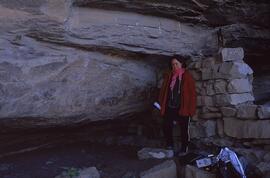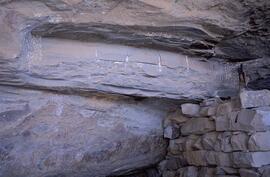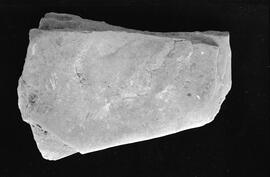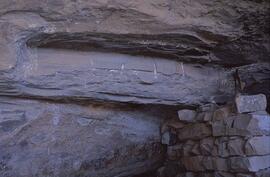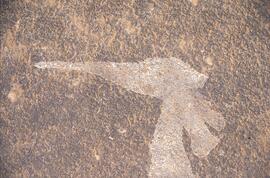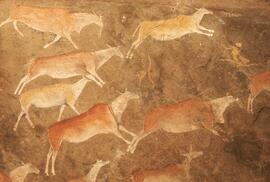RARI Main Slide Collection
100241 Images & Collections results for RARI Main Slide Collection
100241 results directly related
Exclude narrower terms
RARI RARI-RSA-ZAM1-6.jpg
·
Item
·
11/12/1997
Part of RARI
Depictions of snakes are not uncommon in rock art.Often it is difficult to detect the head because the snake is entering or leaving a crack or step in the rock face. On close inspection, it is noticeable that most are not depictions of real snakes at all.
Moreover, bushman beliefs about snakes throw light on these puzzling features. It is believed that shamans used burnt snake powder to assist them in the control of their levels of trance. Like snakes, shamans go underground and then surface again when on out-of-body travel, and this probably explains why painted snakes often seem to slither in and out of the rock face. Blundell, Geoffrey
RARI RARI-RSA-ZAM1-48.jpg
·
Item
·
01/12/1987
Part of RARI
The eland was the first animal that the San trickster deity, /Kaggen created and it remained his favourite.
The eland is the largest of southern African antelope and is much desired for its meat and fat. The San say that all other animals are like servants to the eland.
The importance of this animal is shown in the great variety of postures and perspectives. It is depicted running with tail outstretched, with uplifted head smelling the wind, and upside down, presumably dead. The eland is also depicted from the front or from the back, and even from above.
The eland appears in four important San rituals it is the most carefully depicted antelope in both rock paintings and engravings: Trance dance, boy's first kill, girl's puberty and marriage. It is believed that eland fat contains a lot of potency and in a trance dance shamans aspire to possess eland potency. Dowson, Thomas

